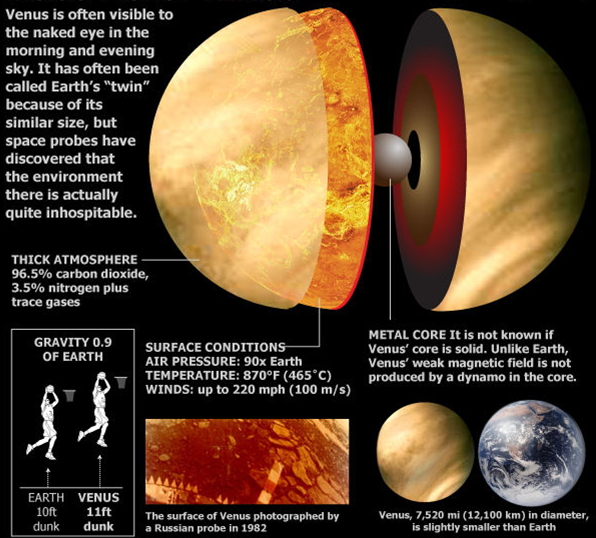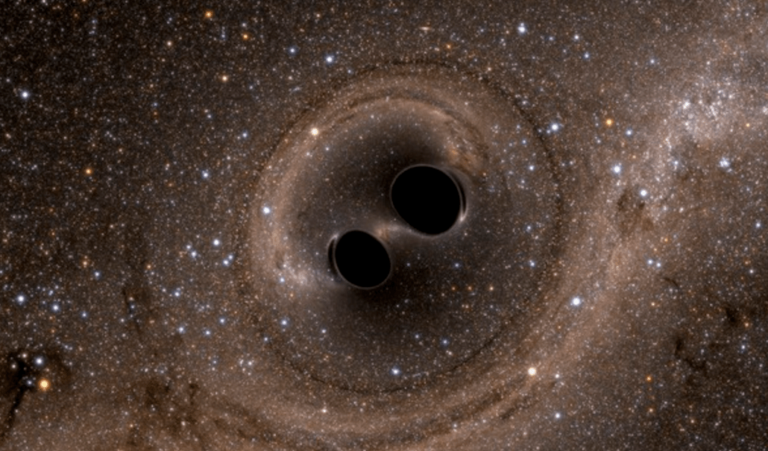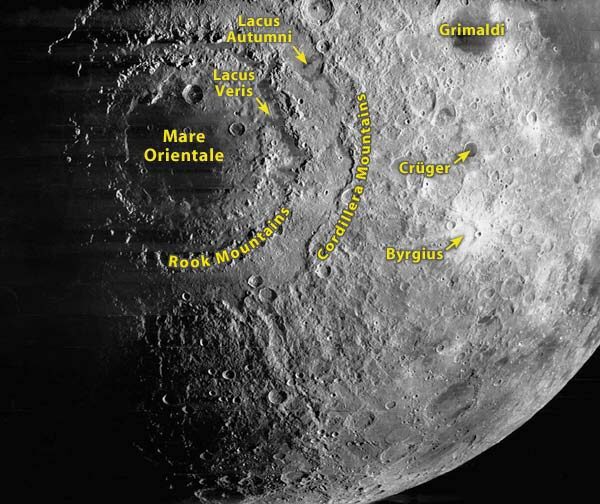Bad News For The Environment – China And Japan Just Mined A New Fossil Fuel, And It’s More Abundant Than All The Oil, Coal And Gas In The World Combined
In a world first, China and Japan say they have successfully extracted ‘combustible ice’ from the sea floor in a huge energy breakthrough that could have catastrophic results in the future; and you thought oil was the problem?
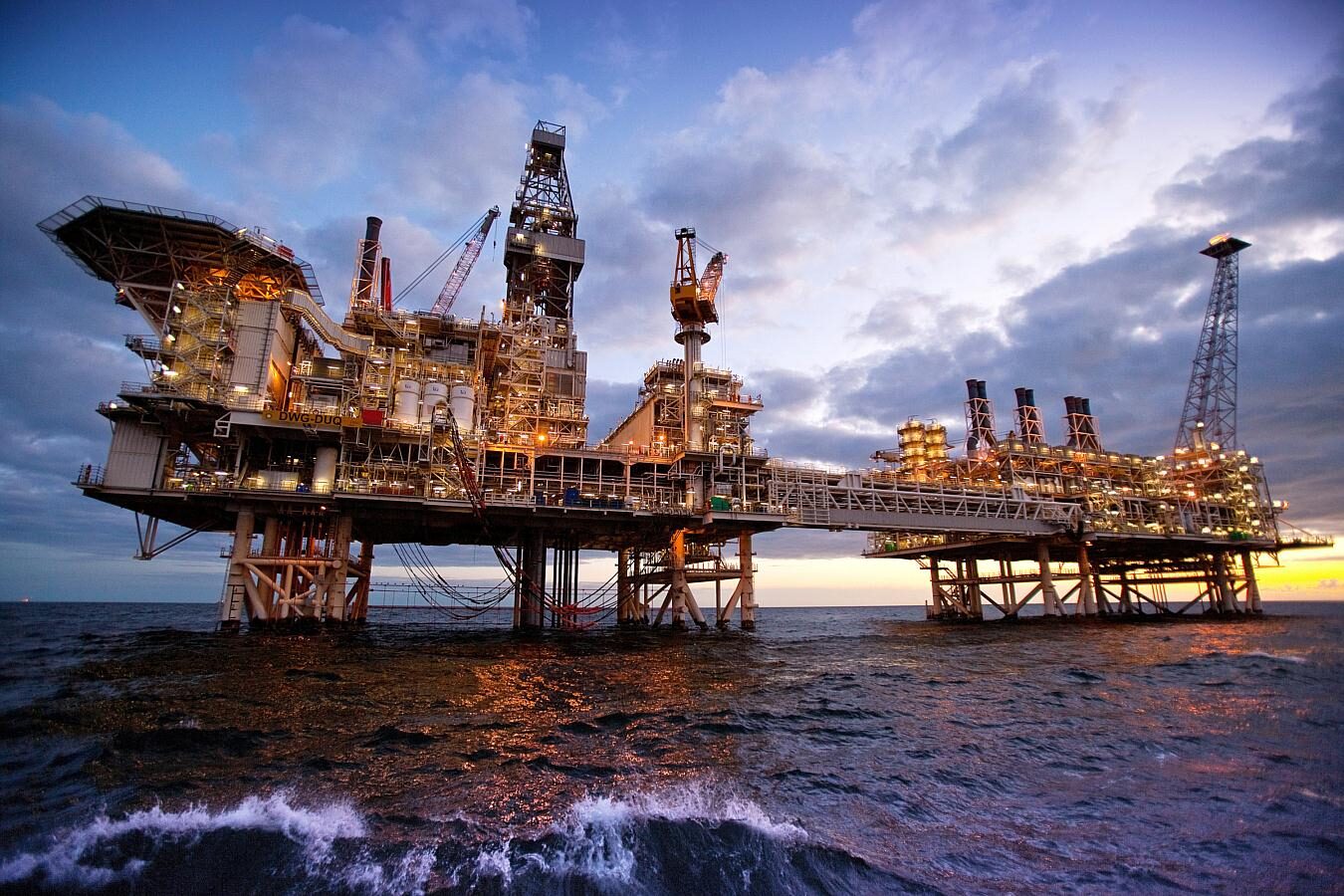
The newly extracted energy source, Methane hydrate, has been successfully removed from the sea floor for the first time and turned into an energy source. Commercial development of this energy source could be years away, but environmentalists and scientists are warning of dire consequences for the atmosphere if the energy source is not mined efficiently.
Methane hydrate, or Combustible Ice, is a mixture of frozen water and natural gas that has developed under the sea floor at the correct temperature and pressure. In its frozen state, it can be set alight and used as a fuel. It is believed to be more abundant than all of the other natural fossil fuels combined and could prove to be hugely rewarding for anyone able to mine it correctly. The Chinese reported that the Combustible Ice had been successfully mined from a rig in the South China Sea and the government has announced the development as an energy revolution. Japan also recently announced that they had achieved similar success.
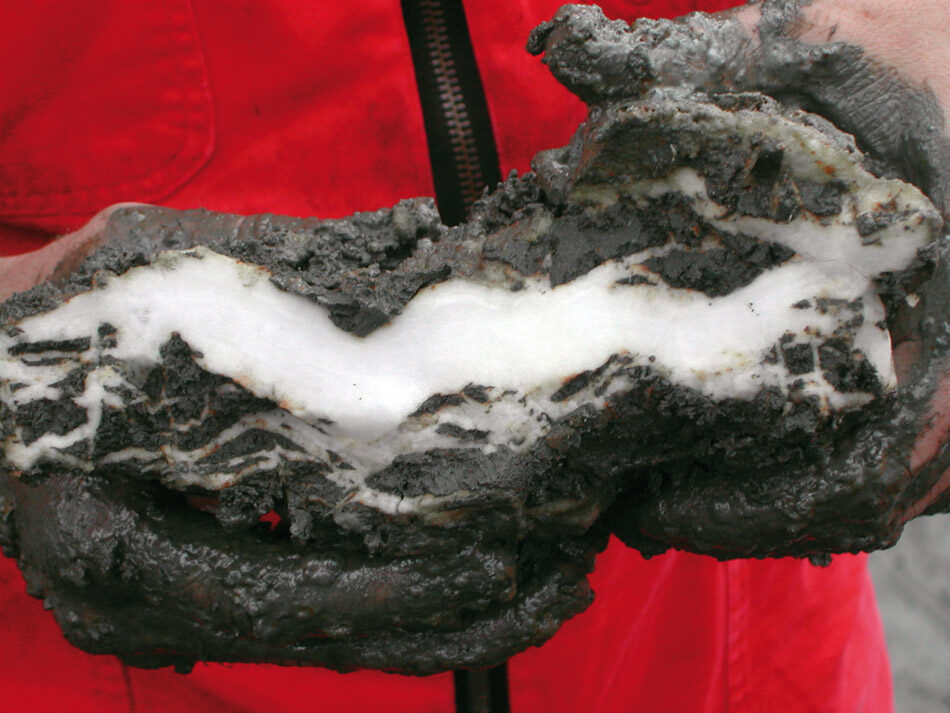
Japan has vested interests in the development of this resource extraction, as it currently relies on importation for almost all of its fuel use. China is also looking for a long-term solution to the coal-burning power plants that power its enormous factory complexes and chokes the population with smog. The energy source is cleaner than coal, which has polluted much of China, especially in urban areas, but it is still a fossil fuel and does still release carbon dioxide and methane into the environment; huge amounts of methane to be precise:
Methane hydrate has a very high concentration of methane. If you melt a one cubic meter block of methane hydrate, about 160 cubic meters of gaseous methane will be released.
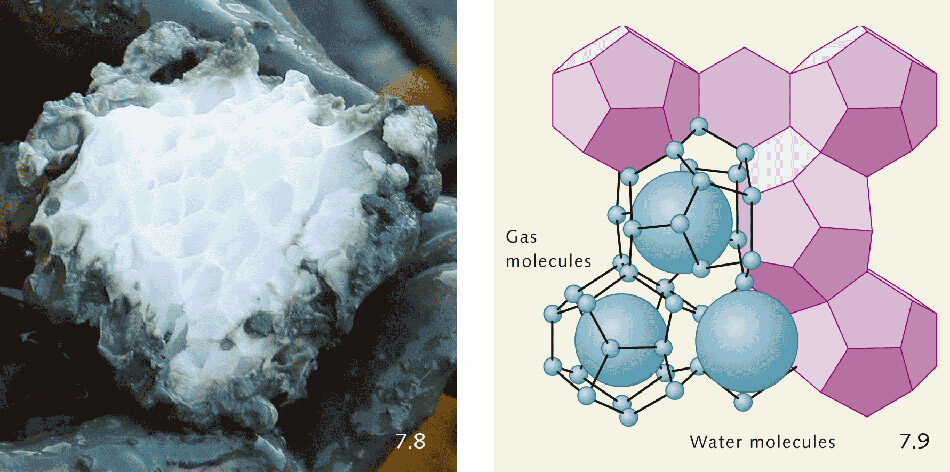
The US and India have also joined China and Japan in their exploration of this new energy source, but aren’t thought to be close to large scale extraction.
How much is there?
Estimates of worldwide reserves range from 280 trillion cubic meters (10,000 trillion cubic feet) up to 2,800 trillion cubic meters (100,000 trillion cubic feet), according to the US Energy Information Administration. By comparison, total worldwide production of natural gas was 3.5 billion cubic meters (124 billion cubic feet) in 2015, the most recent year available.
Methane hydrate could provide a cleaner alternative to coal and there could be enough below the sea floor to power us for up to 800 years, but there are significant dangers.
The dangers
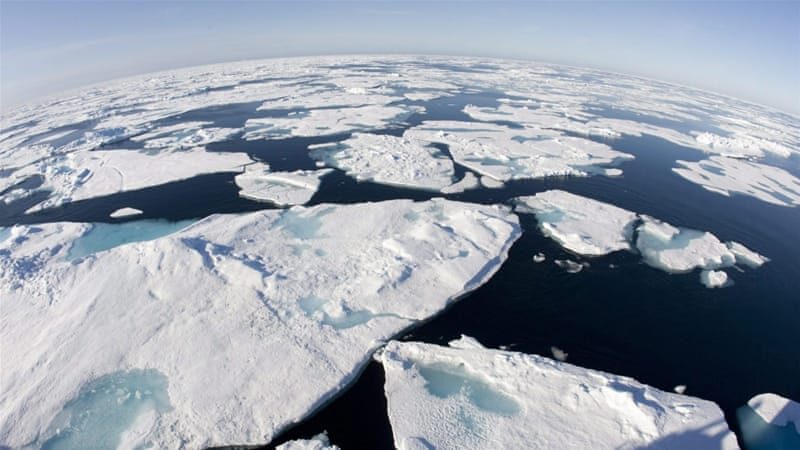
Efforts to extract the gas have previously failed due to high costs of extraction. The Japanese thought they were close back in 2013, but had to abort after sand kept destroying their pumps. To extract the material, miners will use water and carbon dioxide to push the methane hydrate to the surface.
The methane is highly susceptible to leaking and this ends up in the atmosphere, increasing greenhouse emissions.
“The climate implications of producing natural gas hydrates are complicated. There are potential benefits, but substantial risks,” David Sandalow – Columbia University’s Center on Global Energy Policy.
Is it just me, or does this sound insane?
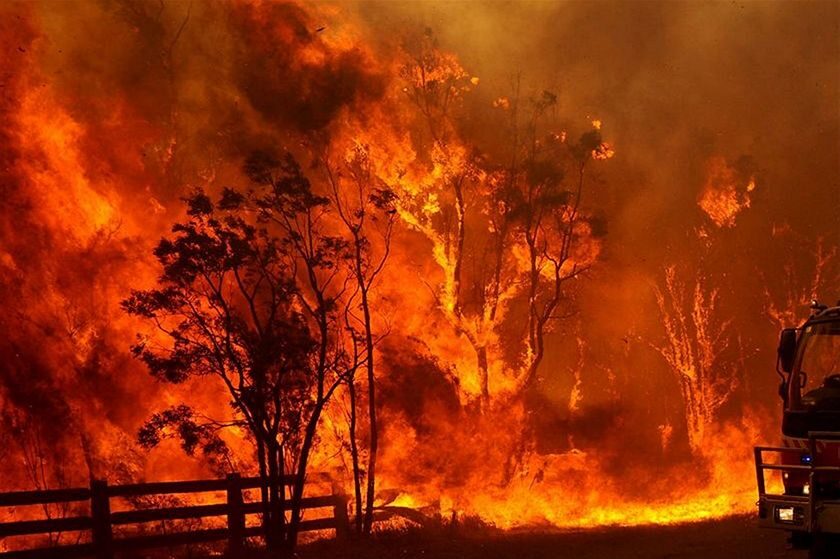
Thankfully, we aren’t yet close to large scale development of Combustible Ice extraction. But, the successes of the Chinese and Japanese will obviously have caught the eye of energy conglomerates and governments eager to extract he precious fossil fuels and unlock the potential. With everything we know about the changing world we live in, and what harm we are doing to the environment already, should we not be concentrating on renewables?
Just when we are finally getting pretty good at renewable energy, and hopes emerge that we might use our technological advances to repair some of the damage we have done since the industrial revolution, we find this possible treasure trove of energy and we just can’t help but burn it.


